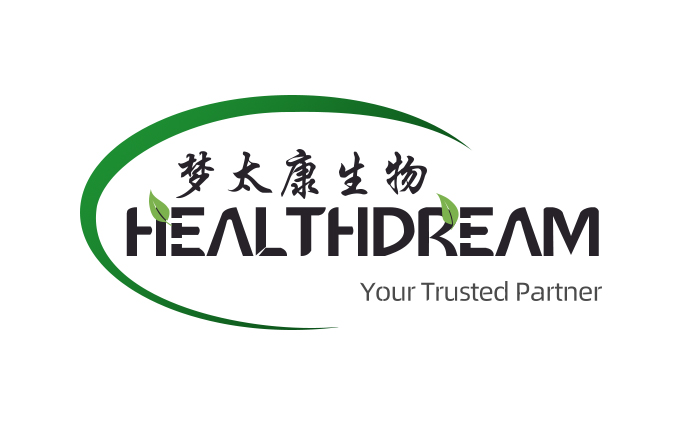Health dream the role and efficacy of vitamin B5
Views : 3098
Update time : 2022-05-07 17:19:49
The chemical formula of vitamin B5 is C9H17NO5, it has optical activity, and only the D type ([α]=+37.5°) has biological activity. Racemic vitamin B5 has hygroscopicity and electrostatic adsorption; pure free vitamin B5 is a light yellow viscous oily substance, acidic, soluble in water and ethanol, insoluble in benzene and chloroform. Vitamin B5 is unstable under conditions of acid, alkali, light and heat. [3]
Vitamin B5 is present in almost all living cells and can be synthesized by enzymatic reactions in the cells of prokaryotes, fungi, molds and plants. Organisms can also transport vitamin B5 into cells through the Na+-dependent multivitamin transporter (SMVT, also known as pantothenate permease). [3]
Vitamin B5 is converted into coenzyme A (CoA) or acyl carrier protein (ACP) in the body to participate in fatty acid metabolism. CoA is a cofactor for more than 70 enzymes in organisms (about 4% of total enzymes), and bacteria also need CoA to build cell walls. In metabolism, CoA mainly plays the function of acyl carrier, participates in sugar, fat, protein and energy metabolism, and can also affect the localization, stability and activity of proteins by modifying proteins. CoA provides 90% of the energy of an organism. [3]
Vitamin B5 is a necessary substance for fatty acid synthesis of steroids; it can also participate in the synthesis of steroid violin, melatonin and heme; it is also an intermediate necessary for metabolism such as citric acid cycle, choline acetylation, and synthesis of antibodies. Therefore, vitamin B5 can act on normal epithelial organs such as nerves, adrenal glands, digestive tract and skin in vivo to improve the resistance of animals to pathogens. Vitamin B5 can also increase glutathione biosynthesis thereby slowing apoptosis and damage. Experiments have shown that vitamin B5 has a good protective effect on cells and rats damaged by lipid peroxidation. Panthenamide reduces cholesterol and triglyceride levels. Vitamin B5 and its derivatives can also reduce the toxic and side effects caused by antibiotics and other drugs, and participate in the absorption and utilization of various nutrients.
Vitamin B5 is present in almost all living cells and can be synthesized by enzymatic reactions in the cells of prokaryotes, fungi, molds and plants. Organisms can also transport vitamin B5 into cells through the Na+-dependent multivitamin transporter (SMVT, also known as pantothenate permease). [3]
Vitamin B5 is converted into coenzyme A (CoA) or acyl carrier protein (ACP) in the body to participate in fatty acid metabolism. CoA is a cofactor for more than 70 enzymes in organisms (about 4% of total enzymes), and bacteria also need CoA to build cell walls. In metabolism, CoA mainly plays the function of acyl carrier, participates in sugar, fat, protein and energy metabolism, and can also affect the localization, stability and activity of proteins by modifying proteins. CoA provides 90% of the energy of an organism. [3]
Vitamin B5 is a necessary substance for fatty acid synthesis of steroids; it can also participate in the synthesis of steroid violin, melatonin and heme; it is also an intermediate necessary for metabolism such as citric acid cycle, choline acetylation, and synthesis of antibodies. Therefore, vitamin B5 can act on normal epithelial organs such as nerves, adrenal glands, digestive tract and skin in vivo to improve the resistance of animals to pathogens. Vitamin B5 can also increase glutathione biosynthesis thereby slowing apoptosis and damage. Experiments have shown that vitamin B5 has a good protective effect on cells and rats damaged by lipid peroxidation. Panthenamide reduces cholesterol and triglyceride levels. Vitamin B5 and its derivatives can also reduce the toxic and side effects caused by antibiotics and other drugs, and participate in the absorption and utilization of various nutrients.

